In the cabinet war rooms in Whitehall in London, there is a chart which registers Atlantic convoys en route from North America to Britain during the second world war. This was the lifeline that made Franklin Roosevelt’s ‘Arsenal of Democracy’ real. The convoy’s treacherous journeys across the North Atlantic were tests of endurance and bravery. Allied naval personnel, including the merchant seamen of many nations, made an extraordinary contribution to victory over the Axis.
This is the subject of Aaron Schneider’s new film Greyhound, starring Tom Hanks who wrote much of the screenplay. Originally, the film was based upon C. S. Forester’s classic maritime novel, The Good Shepherd, and the movie largely remains faithful to Forester’s work. Forester, who created the British naval hero of the Napoleonic Wars, Horatio Hornblower, as well as the first world war epic, The African Queen, knew how to build a gripping narrative. Schneider, who has already won an Academy Award for the short film Two Soldiers, based on a William Faulkner tale, brings this superbly to the screen.
Greyhound is the codename for the USS Keeling, a destroyer escort which is charged along with two other destroyers from Britain and Poland and a Canadian Corvette, codenamed Harry, Eagle and Dicky, with taking a convoy of 30 odd merchant ships safely to Liverpool in the UK through U-boat infested waters. The most difficult time is in the middle part of the North Atlantic where, due to distance, allied air cover is unable to provide support.
Interestingly, the USS Keeling is actually the last surviving Fletcher class destroyer of the second world war, USS Kidd. Kidd is now in a maritime museum in Baton Rouge, Louisiana and much of the film was shot within its structures.
Hanks plays the deeply religious Commander Ernie Krause, directing both Greyhound and the convoy. He leaves his girlfriend, played in a brief appearance by Elisabeth Shue, behind in San Francisco for his first transatlantic voyage. It is March 1942 and America is three months into the second world war whereas the Brits, Canadians and Poles have been fighting since September 1939.
Historically, the early period of 1942 was called the ‘Happy Time’ for German U-boats as they attacked shipping in the coastal waters of the eastern US with a remorselessness that caused great carnage. The US Navy under Admiral Ernest King was either unwilling or unable to deploy its shipping in convoys, having learnt nothing from the British and Canadian experience of war. The U-boats played havoc, especially in those areas of the US eastern seaboard which were not even observing blackouts.
The confrontation with the U-boats in the Atlantic was different as the US Navy had been escorting convoys for some months, at the direction of President Roosevelt since April 1941, while officially remaining neutral. In the mid-Atlantic, the convoys would then be turned over to the British and Canadian Navies. Indeed, the USS Greer had an open confrontation with a U-boat and American merchant ships had been sunk by German submarines, prior to Adolf Hitler declaring war upon the United States on 11 December, 1941.
Despite the vastness of the Atlantic battlefield, the action in Greyhound is often cramped by being confined to the bridge of the destroyer. Hanks gives a compelling performance and is ably supported by Stephen Graham as his committed executive officer. The XO has responsibility for the technical support for the bridge involving early versions of ASDIC. The Battle of the Atlantic, and the even more gruelling Battle of the Arctic, often came down to greater accuracy in directing the weapons of war. The breaking of the German Naval Enigma Code was decisive.
And the colour grey dominates the screen; aboard the destroyer; on the sea or in the air. The cinematography, courtesy of Shelly Johnson, is outstanding and it is now impossible to tell where computer graphics begin and end, but suffice it to say, one can almost sense the ice build-up on the ships.
The best film ever made on the Battle of the Atlantic is surely the German film Das Boot, directed by Wolfgang Petersen, which affords a graphic account of the terrors of U-boat warfare from under the waves. In Greyhound, we do not see the Germans, but we do hear from an arrogant and insolent Nazi (are there any other kind?) who breaks into allied radio traffic and assumes the identity of Grey Wolf (Thomas Kretschmann), who threatens continuing death and destruction for the convoy. As with Curt Jürgen’s ordering his submariners to sing in the classic The Enemy Below, this may be of dubious historical foundation but dramatically it is highly effective.
This is first class film making. The pressure builds and the stress on the crew of the Keeling becomes ever more obvious. Along with the U-boats and the weather, the crew must battle with fatigue, despite the ministrations of Mess Attendant, George Cleveland (Rob Morgan), on hand with coffee and breakfast.
The battle scenes are tough and uncompromising and represent U-boat warfare at its most testing. It is not commonly realised that German U-boats would surface in convoys, especially at night and attack both merchant ships and escorts through the use of their deck guns. Employing the deck guns not only saved torpedoes but was lethal at short range. There is actual film of at least one U-boat calmly sailing on the surface in the centre of a convoy.
Prime Minister Winston Churchill, whose words, along with those of FDR, open the film, understood the existential nature of the Battle of the Atlantic. He had learnt lessons from the Great War and appreciated that Lend Lease was the lifeblood of the British war effort. To that end, the battle was fought with recurring ferocity.
James Jones, the author of both From Here to Eternity and The Thin Red Line, once observed that WW2 was the last good war. Greyhound shows how it was fought.
Got something to add? Join the discussion and comment below.
Get 10 issues for just $10
Subscribe to The Spectator Australia today for the next 10 magazine issues, plus full online access, for just $10.
Stephen Loosley is a Senior Fellow at the Australian Strategic Policy Institute
You might disagree with half of it, but you’ll enjoy reading all of it. Try your first month for free, then just $2 a week for the remainder of your first year.

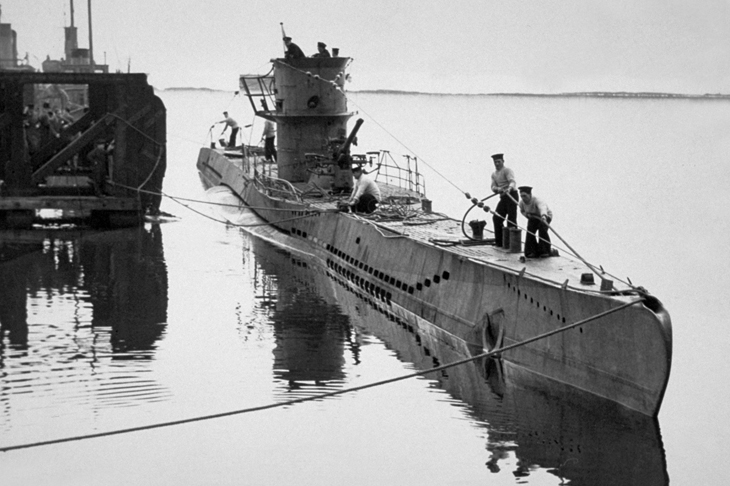
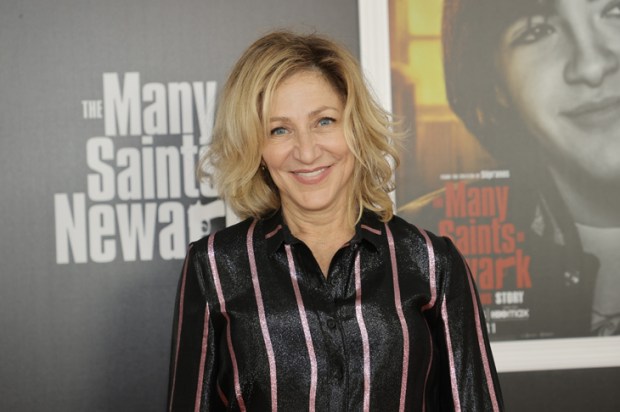
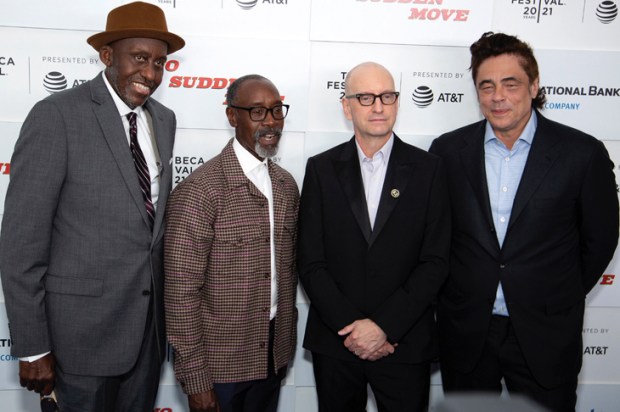
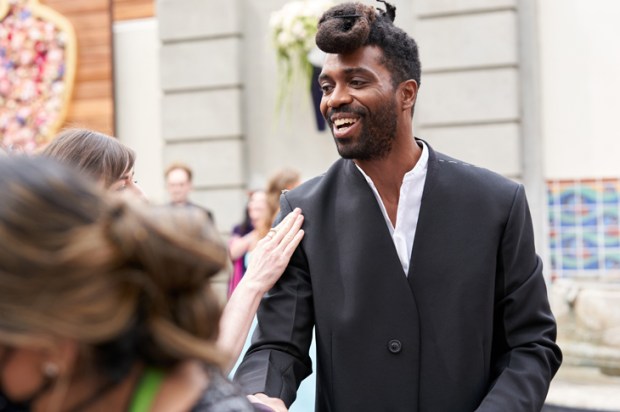
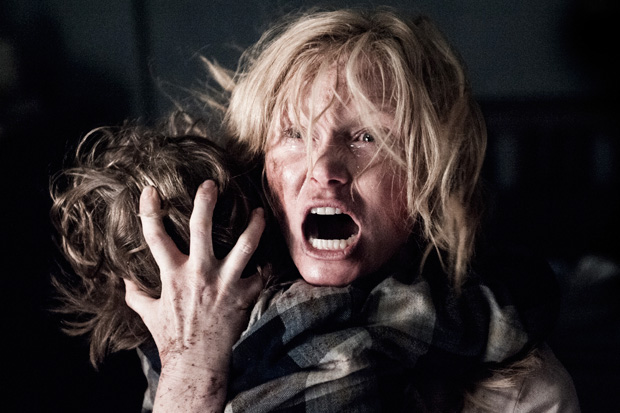
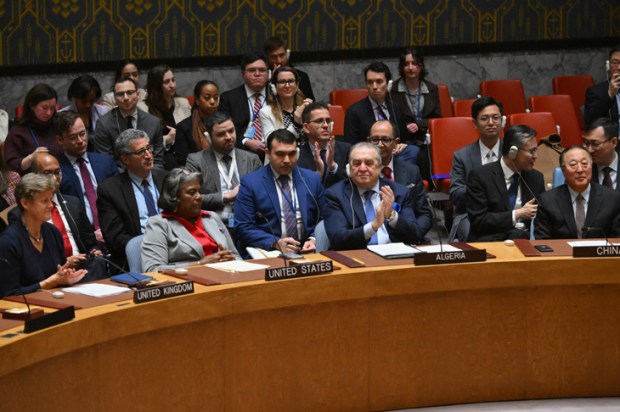
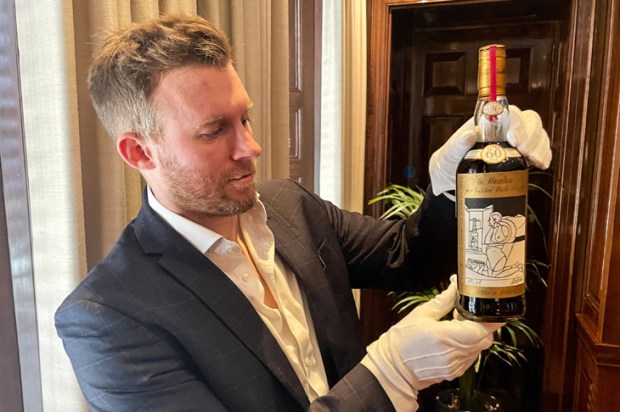






Comments
Don't miss out
Join the conversation with other Spectator Australia readers. Subscribe to leave a comment.
SUBSCRIBEAlready a subscriber? Log in